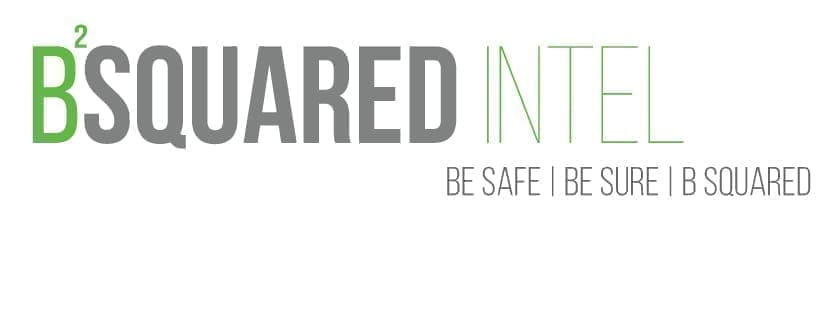If you have stumbled on this post, you are probably here for one of two reasons. You want to understand what sextortion is because maybe you’re unfamiliar with term, or someone threatened to expose some compromising details about you. In this post we are going to talk about things you need to do immediately and stuff you can do to be pro-active about protecting yourself or loved ones.
Firstly, sextortion is a crime as defined by the F.B.I.
[Source FBI/YouTube]
While according to the video, victims of sextortion are younger, we have had adults approach us who were targeted by blackmailers. These adults were threatened to have images and conversations of a sexual nature made public in exchange for money.
If you are targeted:
If the blackmailer is requesting money, do not pay. Do not give them anything. If your physical safety is being threatened, contact law enforcement as soon as possible. By paying, or submitting to other requests, you’re giving the blackmailer permission to continue extorting you.
Cease all communication with the blackmailer. Block their numbers and social media accounts.
Take screen shots of every conversation(text, email, social media), save voicemails/texts/emails/social media posts, document email addresses/phone numbers used by the person targeting you, and document links/handles of any social media platforms used. This will all be helpful when reporting this to law enforcement.
Contact law enforcement to report this crime. This would include an FBI field office nearest you, state police, or local law enforcement.
This is probably the toughest part because it’s embarrassing, but you need to tell someone what happened. Letting someone know takes away the power the blackmailer has over you.
Begin adjusting privacy settings on social media. Also consider changing your screen name for your social media platforms, if permissible. The goal is to make it a little more difficult for someone to find you.
To be proactive:
Screen who you let into your social networks. Don’t let just anyone in. If someone shares a mutual connection with you, contact that mutual connection and ask questions about who the person is.
Make your social media accounts as private as possible. This would include protecting family and friend names as the blackmailer may target them also.
The majority of social media platforms have two factor authentication (sometimes seen as 2FA). Use it. This is an added layer to have in place should someone have your username and password. It will make it more difficult for someone to log in to your accounts.
Don’t send compromising photos or conversations to anyone.
Don’t click on links or download files from an unknown person. These may contain malware that can turn on your cameras and microphones, or slurp up data such as text conversations. If you receive something suspicious looking from someone you do know, find an alternate way to contact them to find out if the message “they” sent you is legitimate and what the links or attachments are for.
If you have web cams that are plugged in, or microphones, remove them when you are finished using them. There are ways for a malicious actor to control web cams and turn microphones on.
While these tips aren’t exhaustive, we hope this helps get you started in the right direction.
If you are being targeted by a sextortionist, we are happy to help you through this trying time. We urge you to call the police first and to let those close to you know what’s going on before contacting us.
If you want to be proactive in protecting yourself please contact us now to learn about or consultation rates.
Contact Us | Bsquared Intel
Please fill out the form below, or call 203.828.0012, to learn how bsquared intel can assist you.
p { margin-bottom: 0.1in; direction: ltr; color: rgb(0, 0, 0); line-height: 115%; text-align: left; }p.western { font-family: “Liberation Serif”, serif; font-size: 12pt; }p.cjk { font-family: “Noto Sans CJK SC Regular”; font-size: 12pt; }p.ctl { font-family: “Lohit Devanagari”; font-size: 12pt; }a:link { }

